The Sexual Revolution That Happened 2,000 Years Ago
The marble statue stands in the museum, cordoned off with a discrete label mentioning its “mature content.” The curator speaks in hushed tones as school groups pass by, directing them toward more “appropriate” Roman artifacts—perhaps military equipment or mosaics of sea creatures. What these students won’t see is perhaps the most honest window into Roman culture: explicit sexual imagery that was once displayed proudly in Roman homes, bathhouses, and even streets.
This modern discomfort with Roman sexuality isn’t just prudishness—it represents one of history’s greatest misrepresentations. The Romans lived in a sexual reality so fundamentally different from our own that historians have spent centuries actively suppressing it, reframing it, or apologizing for it. What if everything you thought you knew about sexuality in the ancient world was filtered through a Victorian moral lens that the Romans themselves would have found bewildering?
When Julius Caesar’s soldiers chanted that they were “serving under a queen” during his Gallic triumph, they weren’t questioning his sexual orientation—they were celebrating it. When Ovid wrote explicit sexual instruction manuals, they weren’t considered pornography but essential education. And when Roman wives accepted their husbands’ male concubines, they weren’t showing remarkable tolerance but simply acknowledging the established social order.
Dr. Caroline Harper, Classical Studies professor at Oxford University, explains: “The greatest misconception about Roman sexuality is that it remotely resembled our own. The Romans didn’t just have different sexual practices—they had an entirely different conceptual framework for understanding sexual identity, pleasure, and morality.”
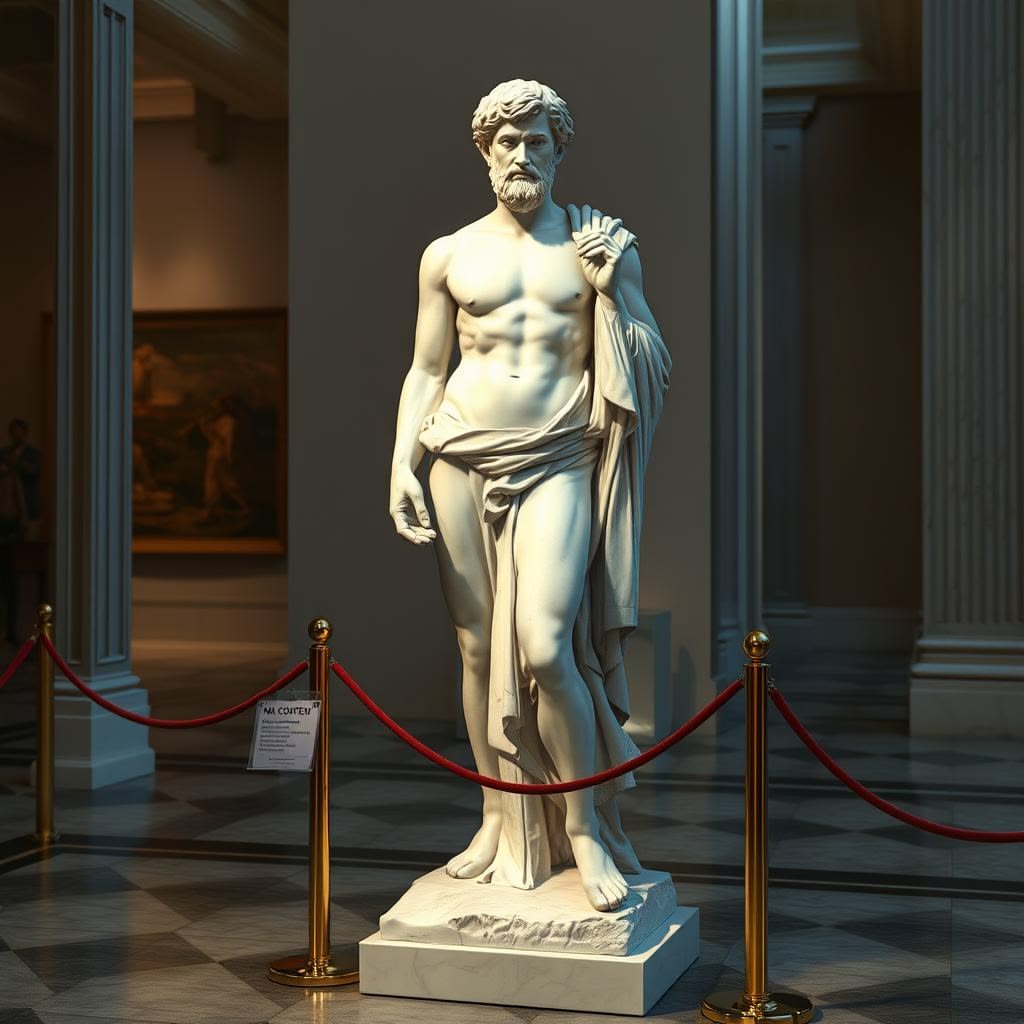
Why Modern Perspectives Distort Roman Sexual Reality
Our modern sexual categories—heterosexual, homosexual, bisexual—would have been meaningless to Romans. These concepts simply didn’t exist. Rather than orienting sexual identity around the gender of one’s partners, Romans categorized sexual behavior based on who was penetrating whom. This penetrative model created a binary not of gay and straight, but of active and passive, dominant and submissive.
The implications were profound. A Roman man could have sexual relations with males or females without any impact on his masculinity—provided he took the active, penetrative role. What threatened a man’s social standing wasn’t the gender of his partner but assuming what Romans considered the “passive” role traditionally assigned to women, slaves, and youths.
This perspective explains why Emperor Claudius was mocked not for having male lovers but for allegedly allowing his wife Messalina to dominate him sexually. It clarifies why Julius Caesar’s alleged affair with King Nicomedes of Bithynia was scandalous—not because Nicomedes was male, but because rumors suggested Caesar had taken the receptive role, an unthinkable position for a Roman man of his standing.
The historical sources make this distinction clear. Suetonius reports that Caesar was called “every woman’s man and every man’s woman,” a phrase that specifically highlighted his alleged willingness to play both roles—only one of which threatened his masculine identity. This distinction is lost in most modern discussions of Roman sexuality, where our contemporary categories impose a framework the Romans simply didn’t share.
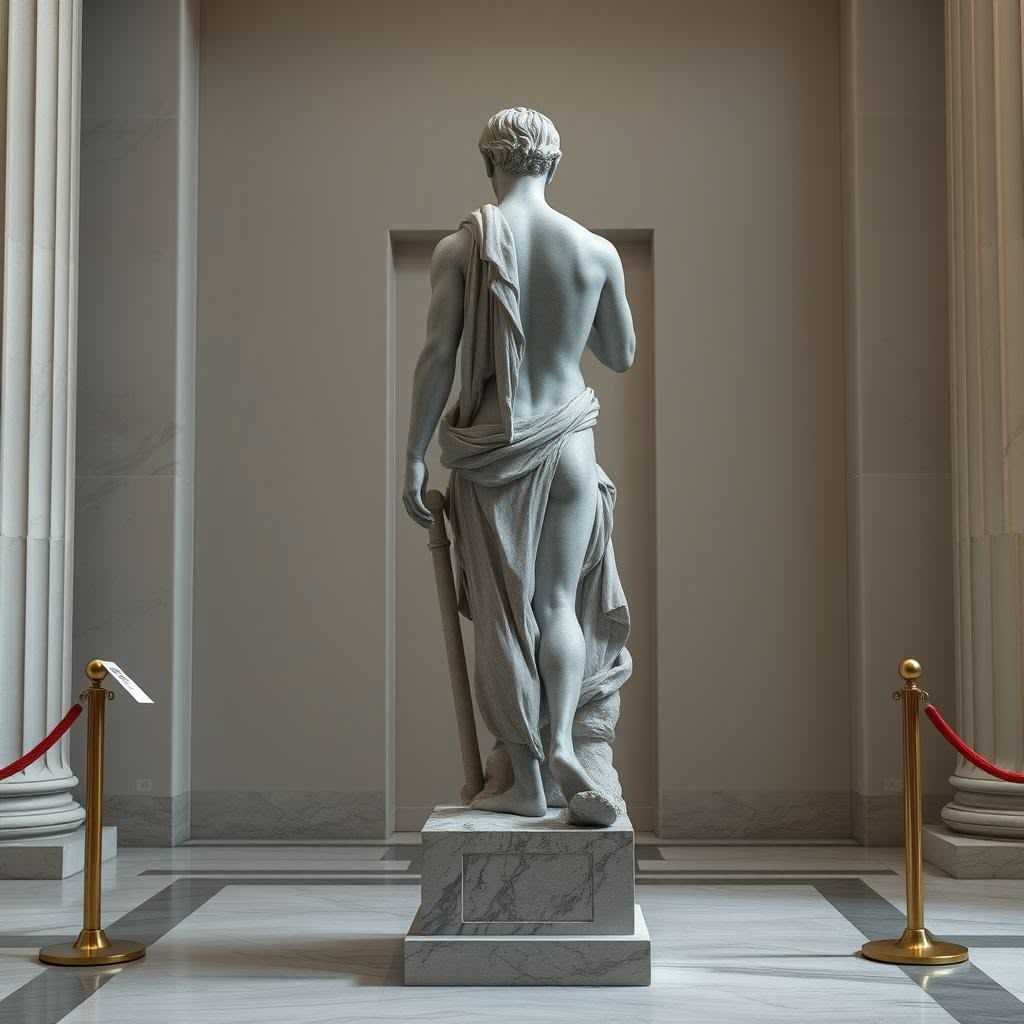
Power, Not Gender, Determined Roman Sexual Norms
In Roman society, a person’s status fundamentally determined their sexual rights and responsibilities. Free adult men stood at the top of this hierarchy, possessing almost unlimited sexual access to those beneath them: women, younger men, and enslaved people of all genders. This wasn’t considered exploitation—it was the expected social order.
The Roman term “pudicitia” (sexual virtue) had entirely different meanings depending on one’s place in society. For elite women, it meant fidelity to one’s husband. For men, it meant avoiding the passive role in same-sex encounters. For enslaved people, the concept barely applied at all—they were legally considered objects whose bodies belonged to their owners.
This status-based sexual system explains practices that seem contradictory to modern observers. A Roman man could penetrate his male slaves without any stigma, while the same act with a fellow citizen could bring severe legal penalties under certain circumstances. Elite women were expected to maintain strict fidelity while their husbands enjoyed sexual access to household slaves of any gender.
“The Romans operated under a completely different moral framework,” explains Dr. Marcus Jennings, author of Power and Pleasure in Roman Society. “Sexual access wasn’t about consent as we understand it today, but about status and ownership. Those with power had sexual rights over those without it.”
The Lex Scantinia, a Roman law rarely discussed in general history books, illustrates this principle perfectly. Rather than prohibiting same-sex relations broadly, it specifically protected male Roman citizens from being penetrated. The law safeguarded the bodily integrity of citizens while leaving enslaved people and foreigners without protection—demonstrating how power, not gender preference, organized Roman sexual ethics.
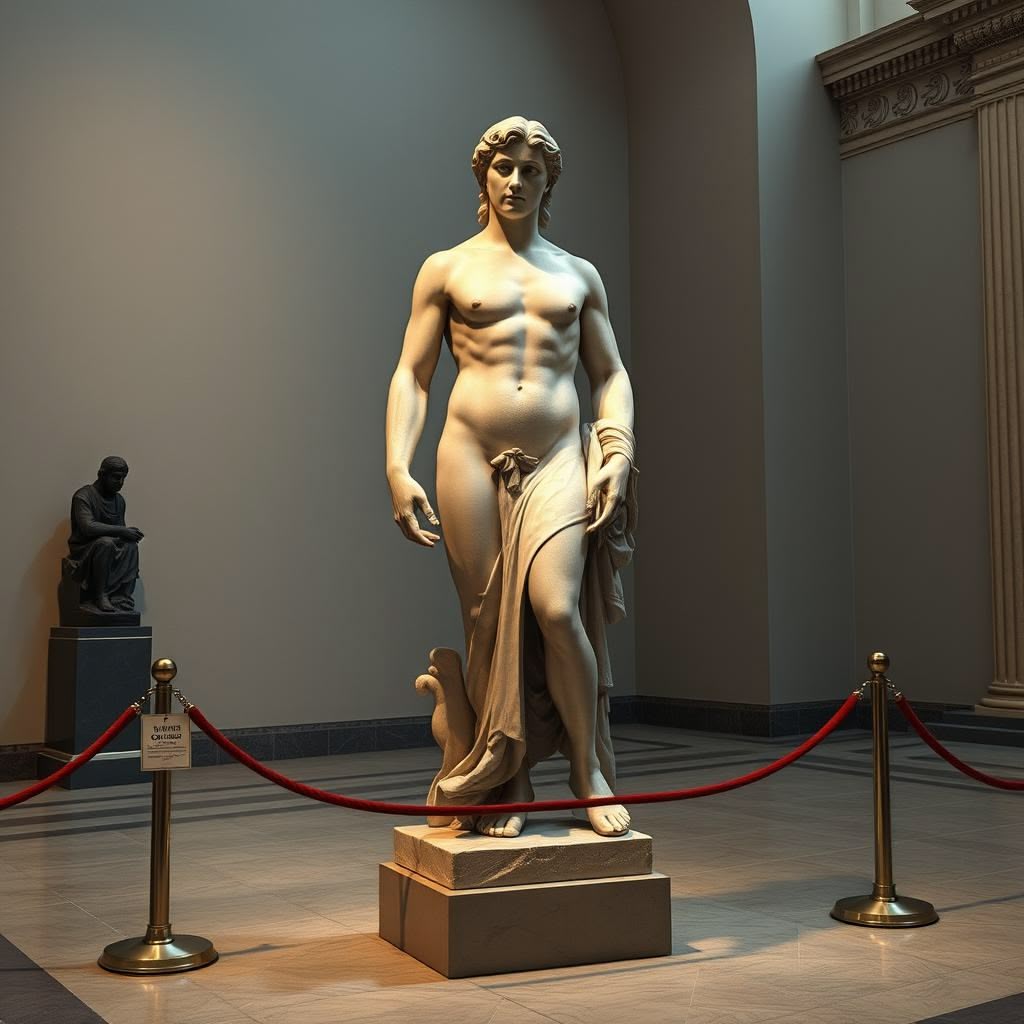
The Bedroom Politics of Roman Marriage
Roman marriage appears deceptively familiar to modern eyes—a legally recognized union between a man and woman forming the foundation of family life. Yet beneath this recognizable surface lay arrangements starkly different from contemporary marriages.
Marriage in elite Roman circles functioned primarily as a political and economic alliance between families. Affection between spouses might develop, but it wasn’t the foundation of the union. This explains why divorce carried remarkably little stigma among the upper classes—marriages could be dissolved and new alliances formed as political circumstances changed.
The sexual expectations within these marriages diverged dramatically from modern assumptions. While wives were expected to remain sexually faithful—primarily to ensure legitimate heirs—husbands faced no such restrictions. A Roman husband’s extramarital activities with slaves, prostitutes, or lower-status individuals of either gender were generally accepted, even expected.
Evidence for this double standard appears throughout Roman literature and law. Catullus could write passionate poetry to both male and female lovers while married. Augustus, despite promoting marriage laws that punished adultery, kept mistresses himself. The disconnect between our modern expectation of mutual fidelity and Roman reality couldn’t be starker.
Archaeological evidence confirms these literary accounts. The remains of a typical elite Roman home reveal separate sleeping quarters for husband and wife, with the husband’s bedroom often positioned near the slaves’ quarters—an architectural arrangement facilitating sexual access to household slaves. Meanwhile, wives’ quarters were typically more secluded, limiting their interactions with men outside the family.
Perhaps most revealing is what Roman wives themselves wrote about these arrangements. In the rare surviving texts authored by elite Roman women, we find not shock or outrage at their husbands’ sexual privileges, but rather negotiations about their limits. These women accepted the basic premise of asymmetrical sexual rights while working within that system to establish boundaries.

The Erotic Landscape of Roman Cities
Walking through Pompeii today, visitors often find themselves startled by the explicit sexual imagery decorating ordinary spaces—images that tour guides sometimes hurry past or museums cordon off. Yet these explicit depictions weren’t hidden in ancient times; they were integrated into daily life in ways that reveal just how differently Romans viewed sexuality.
The streets of Roman cities featured phallic imagery not as pornography but as protective symbols and directional markers. The entrance to a typical Pompeian bakery was adorned with a prominent phallus-shaped relief captioned “Hic habitat felicitas” (“Here dwells happiness”)—a good-luck charm rather than an obscenity. Phallic wind chimes (tintinnabula) hung in gardens and courtyards to ward off evil spirits.
Even more revealing are the erotic frescoes that decorated triclinia (dining rooms) where families entertained guests. These explicit scenes weren’t hidden away but displayed where visitors would admire them during dinner parties. The famous “Cabinet of Obscene Objects” in Naples’ Archaeological Museum—where many of these artifacts were segregated by embarrassed 18th-century collectors—represents not Roman sensibilities but our own discomfort.
“Romans didn’t compartmentalize sexuality the way we do,” explains archaeological curator Dr. Elena Monteverdi. “These images weren’t pornographic in their eyes, but celebrations of fertility, prosperity, and pleasure. What we see as obscene, they saw as auspicious or simply decorative.”
The brothels of Pompeii provide another window into Roman sexual culture. These establishments operated openly, often in central locations, with painted menus of available services above each room. What’s significant isn’t just their existence but their clientele—evidence suggests they were frequented by men from all social classes, including the elite, without stigma.
This sexual openness extended to religious practice as well. During Liberalia festivals, giant phallus symbols were paraded through the streets and honored by respectable married women. The cult of Priapus, with its exaggerated phallic statues, wasn’t a fringe practice but incorporated into mainstream worship. Sex and religion, far from being opposed, were deeply intertwined in Roman culture.
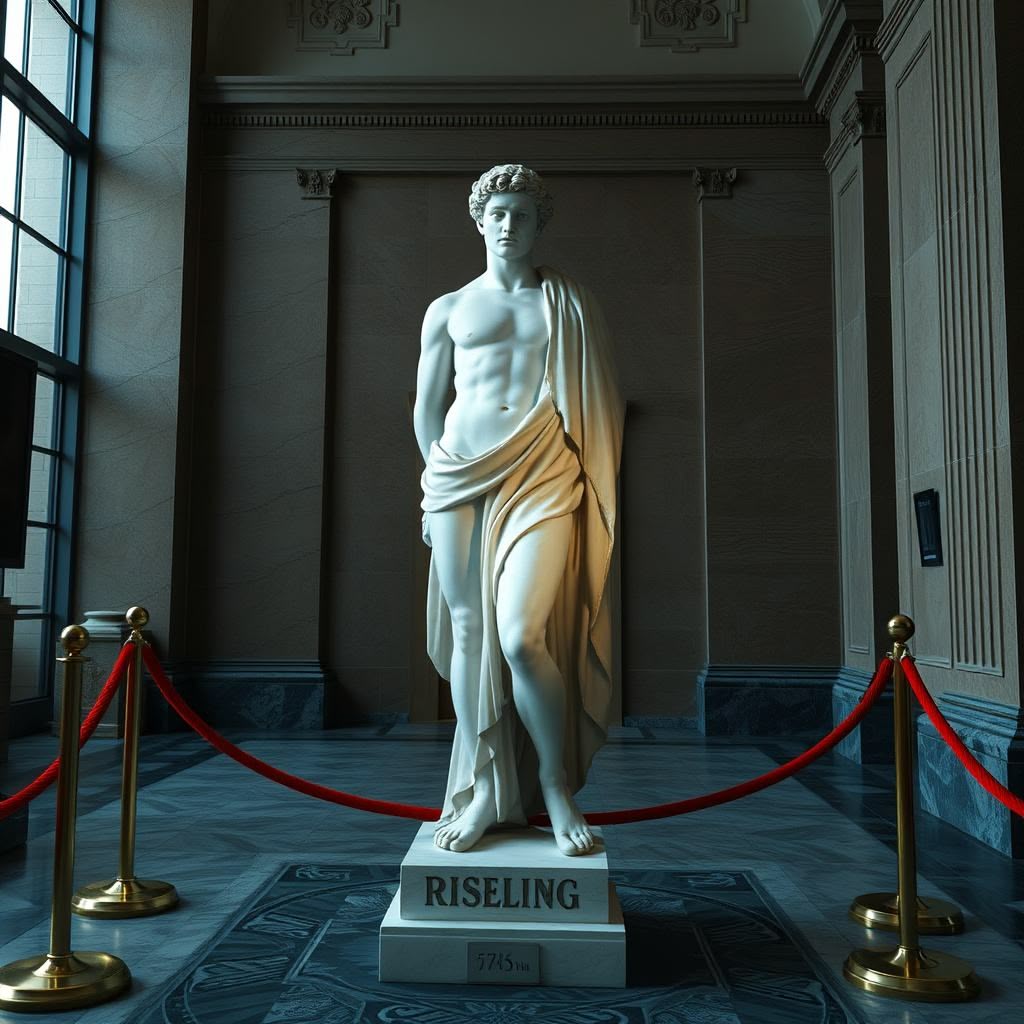
How Christian Morality Rewrote Roman Sexual History
The dramatic shift in how we understand Roman sexuality can be traced to a specific historical moment—the rise of Christianity as Rome’s dominant religion. This transition didn’t just change Roman society; it fundamentally altered how future generations would interpret and document Roman sexual practices.
Early Christian writers like Tertullian and Augustine explicitly rejected Roman sexual norms, recategorizing many common practices as sinful. Sexual activity became legitimate only within marriage and only for procreation. Same-sex relations, regardless of the status of participants, were condemned. The complex Roman sexual hierarchy was replaced with a simpler binary: marital procreative sex was permitted; everything else was forbidden.
As Christianity gained political power, this new moral framework became not just a religious position but the lens through which Roman history itself was preserved and transmitted. Christian copyists decided which classical texts survived, often preferring works that aligned with Christian values or could be reinterpreted to support them.
Dr. Rebecca Sullivan, historian of early Christianity, notes: “When medieval monks copied Cicero or Seneca, they were more likely to preserve philosophical works that could be reconciled with Christian thought than texts dealing explicitly with Roman sexual practices. This created a selection bias in what survived.”
The few explicitly sexual Roman works that did survive, like Ovid’s Ars Amatoria or the poems of Catullus, were often softened in translation or confined to scholarly settings where their content could be contextualized as negative examples. By the Renaissance, when interest in classical Rome surged, scholars approached Roman sexuality through a thoroughly Christianized perspective.
This reframing reached its peak during the Victorian era, when classical scholars went to extraordinary lengths to sanitize Roman sexuality. Translations of Latin literature systematically obscured sexual content, sometimes leaving explicit passages untranslated or rendering them in archaic Greek to ensure only fellow scholars could understand them. Museum collections segregated “obscene” Roman artifacts in restricted galleries or locked them away entirely.
The cumulative effect of these centuries of reinterpretation was the creation of a fictional, morally acceptable Rome that bore little resemblance to historical reality. This sanitized version became standard in education and popular culture, perpetuating misconceptions that persist today.

Primary Sources That Reveal the Unfiltered Truth
Beyond the filtered accounts presented in most history books lie primary sources that offer unvarnished glimpses into authentic Roman sexual attitudes. These texts and artifacts, often excluded from general education, present a compelling counternarrative to conventional understandings.
The graffiti preserved at Pompeii provides some of our most direct evidence of everyday Roman sexual attitudes. These casual inscriptions, never intended for historical preservation, record the uncensored voices of ordinary Romans. One wall bears the boast: “I buggered the barmaid,” while nearby, a response reads: “No, I did, she liked it very much!” Such exchanges reveal both the casual attitude toward sexual encounters and the importance of sexual prowess to male identity.
Roman poetry offers equally explicit insights. Catullus, one of Rome’s most celebrated poets, wrote verses that still shock modern readers with their graphic descriptions of sexual acts with both male and female partners. In Carmen 16, he threatens sexual violence against his critics in terms so explicit that the poem remained untranslated into English until the late 20th century. Yet this poem was preserved and studied throughout Roman society.
Legal documents provide another window into Roman sexual norms. The Digest of Justinian contains detailed regulations regarding sexual offenses, drawing distinctions that reveal the underlying power dynamics of Roman society. For instance, the rape of a slave was prosecuted not as a crime against the person but as property damage against the owner—a perspective alien to modern sensibilities but revealing of Roman attitudes.
Perhaps most illuminating are the medical texts of physicians like Soranus and Galen. These clinical discussions of sexual practices, reproductive health, and contraception demonstrate a remarkably matter-of-fact approach to sexuality. Soranus provides detailed instructions for preventing conception—evidence that Romans separated sexual pleasure from reproduction in ways that would later be condemned by Christian morality.
These primary sources consistently undermine the sanitized version of Rome presented in general histories. They reveal a society where sexual pleasure was openly discussed, where practices now considered taboo were commonplace, and where moral judgments followed lines of status and power rather than gender or sexual orientation.
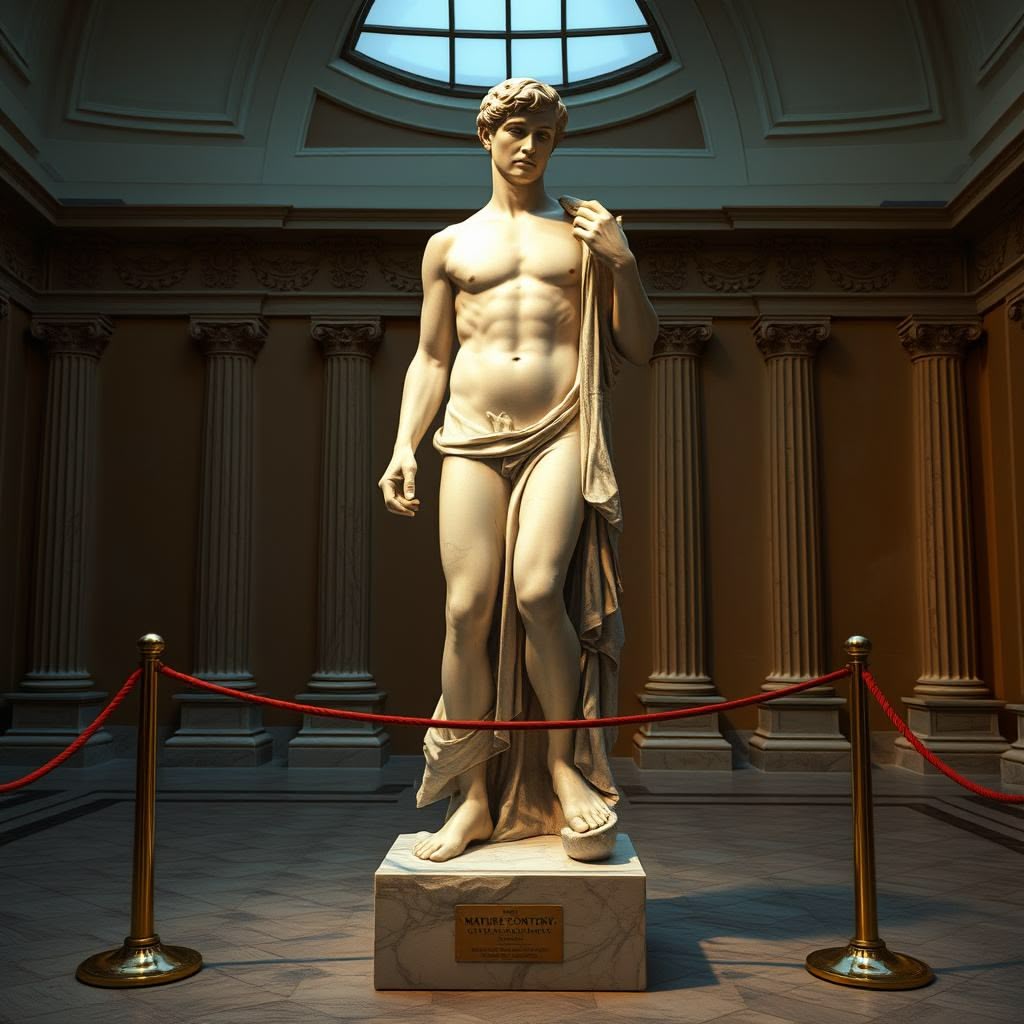
Reconsidering How We Interpret Ancient Sexuality
The disconnect between historical Roman sexuality and its modern representation raises profound questions about how we approach the past. Can we ever truly understand a sexual culture so fundamentally different from our own? And what does our discomfort with Roman sexuality reveal about our own cultural assumptions?
The first step toward authentic understanding requires acknowledging our own cultural biases. We instinctively categorize Roman sexual behaviors using contemporary concepts—heterosexual, homosexual, consent, exploitation—that simply didn’t exist in Roman thought. This imposes a framework that distorts rather than clarifies.
“The greatest challenge in understanding Roman sexuality is temporarily suspending our own moral categories,” explains classical historian Dr. Thomas Finley. “We need to comprehend their system on its own terms before making judgments based on our values.”
This doesn’t mean abandoning ethical evaluation entirely. Roman sexual practices included elements we would rightfully condemn today—particularly the exploitation of enslaved people and the absence of consent as a meaningful concept. But meaningful ethical analysis must begin with accurate understanding rather than projection of contemporary values.
The misrepresentation of Roman sexuality also reveals our culture’s continuing discomfort with sexual diversity. By sanitizing Roman sexual practices or framing them as decadent aberrations that contributed to Rome’s fall, we reinforce the notion that only certain sexual expressions are historically legitimate or socially sustainable.
Perhaps most importantly, an honest examination of Roman sexuality challenges the narrative of consistent moral progress. We often assume that sexual attitudes have followed a linear trajectory from repression toward liberation. The Roman evidence suggests something more complex—a cyclical pattern where periods of greater and lesser sexual openness alternate throughout history.
The Legacy of Roman Sexuality in Modern Culture
The ghost of Roman sexuality continues to haunt Western culture in ways we rarely acknowledge. Our legal systems, religious attitudes, and even vocabulary around sex bear the imprints of both authentic Roman practices and their subsequent Christian reinterpretation.
Many Western languages still reflect the Roman emphasis on active and passive roles. Terms like “penetration” center the experience of the insertive partner, while slang terms for sexual submission often carry negative connotations—linguistic fossils of Roman sexual hierarchies. Even our concept of “sexual passivity” as something potentially shameful echoes Roman rather than modern understandings of sexuality.
The complex relationship between Christianity and Roman sexual ethics also continues to shape contemporary religious attitudes. Many current religious prohibitions originated not as direct biblical commands but as specific reactions against Roman practices. Understanding this context doesn’t invalidate these religious positions, but it does illuminate their historical development.
Perhaps most significantly, the suppression of authentic Roman sexuality created a false historical precedent that has been used to justify restrictive sexual norms. By presenting an inaccurately sanitized version of Rome, Victorian scholars and their successors constructed a historical narrative where “traditional” sexual morality appeared more universal and timeless than it actually was.
Recovering a more accurate understanding of Roman sexuality doesn’t mean advocating for Roman practices. Their sexual system was inseparable from profound inequalities we rightfully reject. But acknowledging the diversity of historical sexual expressions does challenge claims that particular sexual norms are “natural” or “universal.”
Beyond the Myths: Embracing Historical Complexity
The true story of Roman sexuality is neither a tale of depraved excess nor of values recognizably similar to our own. It represents something more challenging—a fundamentally different way of organizing sexual experience that defies easy categorization through modern concepts.
This historical reality invites us to approach the past with greater humility. If a civilization as influential as Rome operated under sexual assumptions entirely different from our own, perhaps our current sexual categories aren’t as universal or timeless as we might believe. Understanding Roman sexuality means recognizing the historical contingency of our own sexual attitudes.
The systematic sanitization of Roman sexuality also serves as a cautionary tale about historical representation. When we selectively preserve aspects of the past that conform to our values while suppressing elements that challenge them, we create not history but mythology—comforting stories that reflect ourselves rather than the complexity of human experience.
As you encounter simplified narratives about Roman culture in textbooks, films, or casual references, remember that you’re often seeing a heavily filtered version of a sexual reality that was more complex, more diverse, and more alien than conventional accounts suggest. The Romans weren’t just like us with different costumes—they inhabited a conceptual world where sexuality operated according to fundamentally different principles.
Perhaps the most valuable lesson from this exploration is the importance of approaching historical cultures on their own terms. Rather than searching the past for validation of current values or for simplistic moral lessons, we can engage with its genuine strangeness—including sexual systems radically unlike our own. In that uncomfortable encounter with difference, we gain not just historical accuracy but a deeper understanding of the vast range of possibilities in human sexual expression.
The next time you visit a museum and notice those segregated “mature content” rooms of Roman artifacts, remember that you’re witnessing not just ancient art but the ongoing negotiation between Roman sexual reality and the discomfort it still provokes. The true history of Roman sexuality remains partly hidden—not by the passage of time, but by our continuing reluctance to see the past clearly when it challenges our perception of ourselves.

